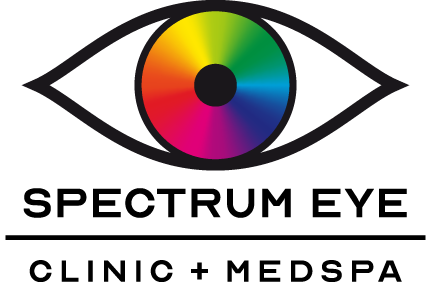OptiLight Dry Eye Treatment
Why OptiLight for Dry Eyes?
OptiLight is the first and only light therapy FDA-approved for Dry Eye Management
OptiLight uses precise, intense broad-spectrum light to address periocular inflammation - one of the key underlying factors in dry eye disease from Meibomian Gland Dysfunction (MGD).
OptiLight is specifically developed to reach the delicate contours of the eyelids and periorbital area safely, effectively, and gently.
What is it?
OptiLight is a specialized Intensed Pulse Light (IPL) device specifically designed to treat the underlying causes of dry eye. The treatments target inflammatory blood vessels near the eyelid margins, attacking the root cause of the most common cause of dry eyes - MGD. The OptiLight treatment protocol is given as a series of treatments (usually 4 total) that are spaced 2-4 weeks apart. Each session will typically only take 15 minutes to administer. During the treament, Dr. Moss will apply a coupling gel on the cheeks and eyelids and place corneal shields over the surface of the eye. You may experience a warm sensation as the light is applied to the treatment area but the treatments are not typically uncomfortable.
When will I see results?
While some outcomes like tear breakup time are noticeably improved after the first treatment, most patients start to feel clinical improvement in their eyes between the second and third treatment.
What can I expect after treatment?
Immediately following treatment, you may experience some redness. This will usually disappear within a few hours. You can return to your daily activities and apply makeup within an hour of the procedure in most cases. We advise you to stay out of direct sun for a few weeks following the treatment and to apply sunscreen regularly.
Is it right for me?
OptiLight dry eye treatments are not suitable for everyone and, like every treatment, can carry some risks. Treatment with OptiLight is contraindicated for patients with the following conditions in the treatment area: active infections, dysplastic nevi, tattoos, significant concurrent skin inflammation (excluding rosacea or acne), active cold cores, open lacerations, abrasions, and prolonged sun exposure. Caution is advised for patients with a compromised immune system, coagulation disorders, photosensitivity, hormonal disorders, or a history of Herpes simplex outbreaks near the treatment area. Patients’ eyes must be occluded with eye shields during the treatment.




